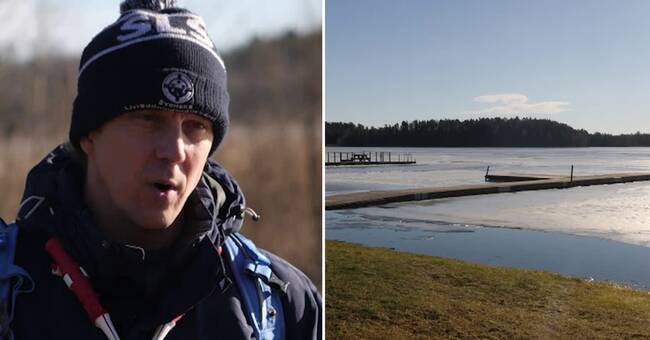A serious drowning accident in Vallsjön in Småland has once again drawn attention to how unsafe it is to go out on the ice, especially when it has become positive degrees and the ice is more porous.
Four men aged 65-75, who are believed to have been out on Vallsjön to fish, died.
Between 1 and 21 February this year, SOS Alarm handled 117 drowning cases, 68 percent more than the comparable 37 in the same period in 2020.
In January, the increase was not as dramatic but still large, 42 percent, when 98 drowning alarms came in to SOS Alarm compared with 57 in January 2020. But the number of fatal exits is significantly fewer.
According to the Swedish Lifesaving Society's preliminary statistics, three people died in January.
- Nice ice and beautiful weather makes many people go out.
However, there is a lack of sufficient knowledge about what to think about when you are out on the ice and the accident has occurred.
It has really been noticed in our statistics, says Göran Bertilsson, Fire Engineer at SOS Alarm.
"Ice melts fast"
It is often about more than one person who has had a bad accident and the rapid weather change in many parts of the country contributes to the ice being unreliable.
- Now during sports holidays, it is extra important to remember to only stay on the ice if it is really safe.
The ice melts quickly and you need to know how to act both proactively and if you end up in the water, says Göran Bertilsson.
Mikael Olausson from the Ice Safety Council completely advises against going out on the ice if you are the least bit unsure.
- Stay ashore.
There is no reason to go out on the ice, it will melt away and it is incredibly difficult to judge right now.
Can you go out on the ice if you see that many others are already out walking on the ice?
- It's not possible at all.
It is a common phenomenon, but you need to know for yourself if the ice is thick enough.
If you do not know, you can stay ashore.

